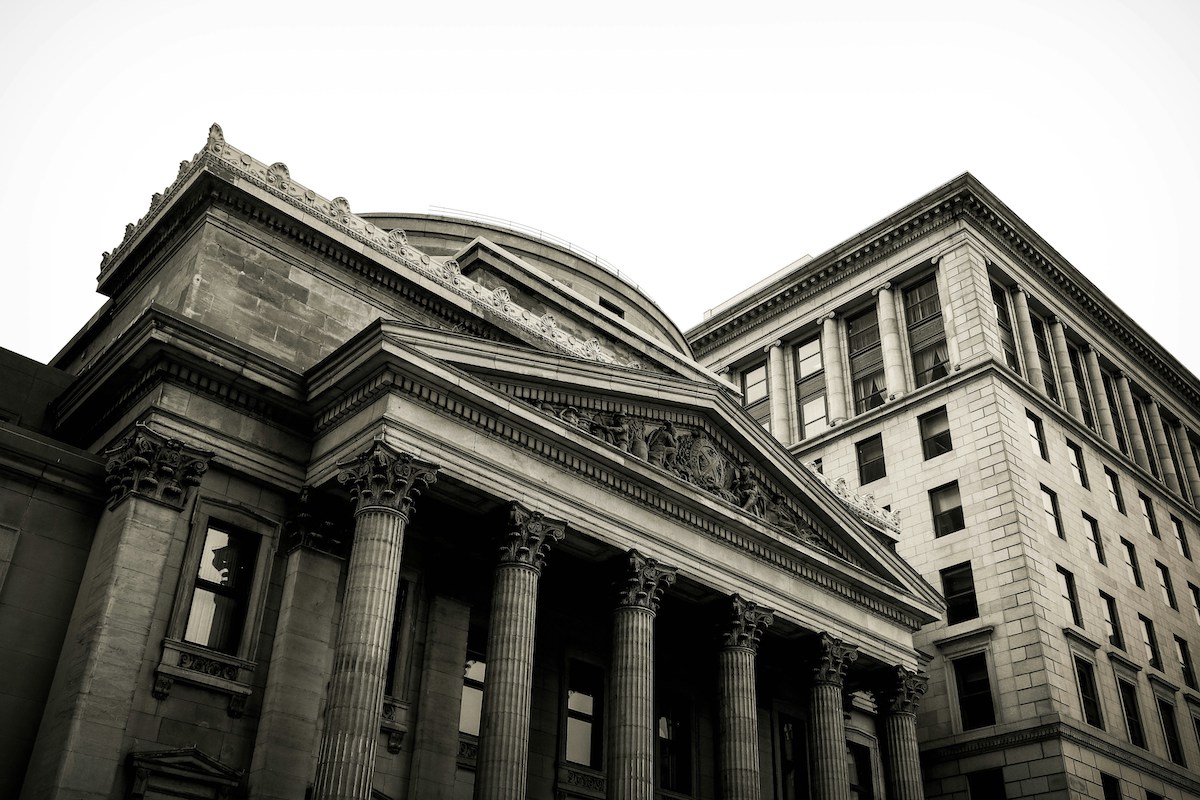
What’s Going On With The Equity Markets?
Weekly Economic Review: Jan. 29, 2024
The equity markets continued to climb higher for most of the last week. The rally has been supported by three pillars – a strong economy, declining inflation, and rate cut expectations. The first and second pillars were confirmed last week with US GDP showing strong momentum and the Core PCE showing a continued decline in inflation. Now, all eyes are on the Federal Reserve’s meeting this Wednesday, as market participants look for hints on whether, when, and how far the Fed will cut interest rates this year. Let’s examine those three pillars in more detail:
Strong economy. Last Thursday, the Bureau of Economic Analysis (BEA) reported that the US economy grew 3.3% in the fourth quarter, which represented a slowdown from the 4.9% growth rate in the prior quarter but is still a significantly higher number than anticipated. The GDP growth is attributable to better-than-expected consumer spending, business investment, and housing. Consumer spending, which constitutes two thirds of GDP, rose at a 2.8% rate, which was more than expected, mainly driven by resilient job growth and cooling inflation. On Friday, the BEA reported that real personal disposable income, which is adjusted for inflation and supports consumer spending, went up by 2% on an annual basis – the largest increase in six months. But since consumer spending increased by 2.8% but disposable income only rose by 2.0%, the result was an increase in credit card debt and a decline in personal savings. The personal saving rate (personal saving as a percentage of personal disposable income) fell to 3.7% in December from 4.1% in November.
In summary, US economic growth is still strong, with resilient consumers and healthy businesses. But a continuation of today’s higher interest rates will likely dampen consumer demand due to higher borrowing costs. This, combined with a slowly-cooling labor market, could lead to slower economic growth in the first half of 2024.
Declining inflation. The trajectory of inflation has been on a decline. Last Friday, the BEA reported that the Personal Consumption Expenditures (PCE) price index cooled to an almost three-year low, even with a hotter-than-expected retail sales in December. Month over month, the PCE increased just 0.2% in December, which was as expected. Year over year, the index rose by 2.6%, also as expected. The Core PCE (excluding food and energy), which is the Federal Reserve’s preferred measure of inflation, is down to 2.9% year-over-year from a 3.2% annual gain in November and is the smallest annual increase since March 2021. Moreover, the 6-month annualized Core PCE was 1.9% in December, which is below the Fed’s 2% target.
Rate cut expectations. The continued decline in the PCE price index is an encouraging sign for those expecting lower interest rates from the Fed. This week has a busy economic calendar: 1) the December JOLTS (Job Openings and Labor Turnover Survey) report on Tuesday, 2) the ADP private-sector employment report, and the FOMC rate decision announcement at Chair Powell’s press conference on Wednesday, 3) the weekly jobless claims data on Thursday, and 4) the January employment report (including the unemployment rate) on Friday. These reports could contain new revelations that will alter the calculus of the Fed’s decisions on future interest rate changes. But at this point, the market predicts that the Federal Reserve will keep the current rates this Wednesday, with a 50/50 chance of a March rate cut. The Fed does not want to maintain an overly restrictive monetary policy (i.e., higher interest rates) for longer than necessary, as it does not want to tip the economy into recession. However, there is no urgency for the Fed to loosen today’s tight monetary policy when the economy remains resilient with strong consumer spending and a thriving jobs market. The economy expanded by 2.5% in 2023, reinforcing the notion that the Fed is not in hurry to cut rates this year, and that the economy is on the path to a soft landing. We expect that the Fed will continue to remain on the sidelines until they see a further sustainable decline of inflation.
Compiled by:
Mark Yoon, CFA CPA
EVP & CFO of Commercial Bank of California
Thomas McCullough
EVP of Commercial Bank of California
All content available on this material is general in nature, not directed or tailored to any particular per-son, and is for informational purposes only. Any of its content is not offered as investment advice and should not be deemed as investment advice or a recommendation to purchase or sell any specific security.
The information contained herein reflects the opinions and projections of Commercial Bank of California (CBC) as of the date hereof, which are subject to change without notice at any time. CBC does not rep-resent that any opinion or projection will be realized. The information contained herein has been obtained from sources considered reliable, but neither CBC nor any of its advisors, officers, directors, or affiliates represents that the information presented on this material is accurate, current, or complete, and such information is subject to change without notice.
